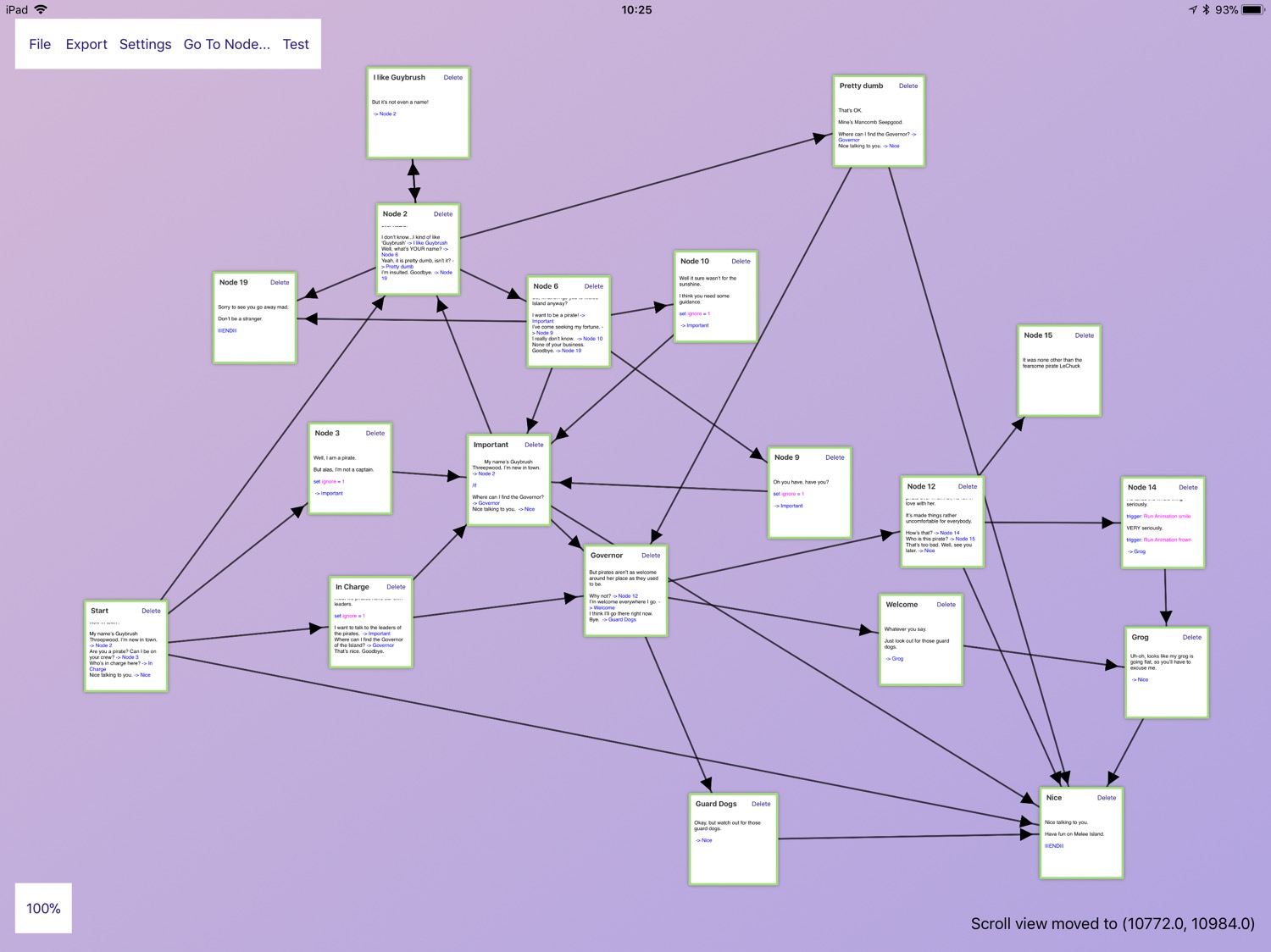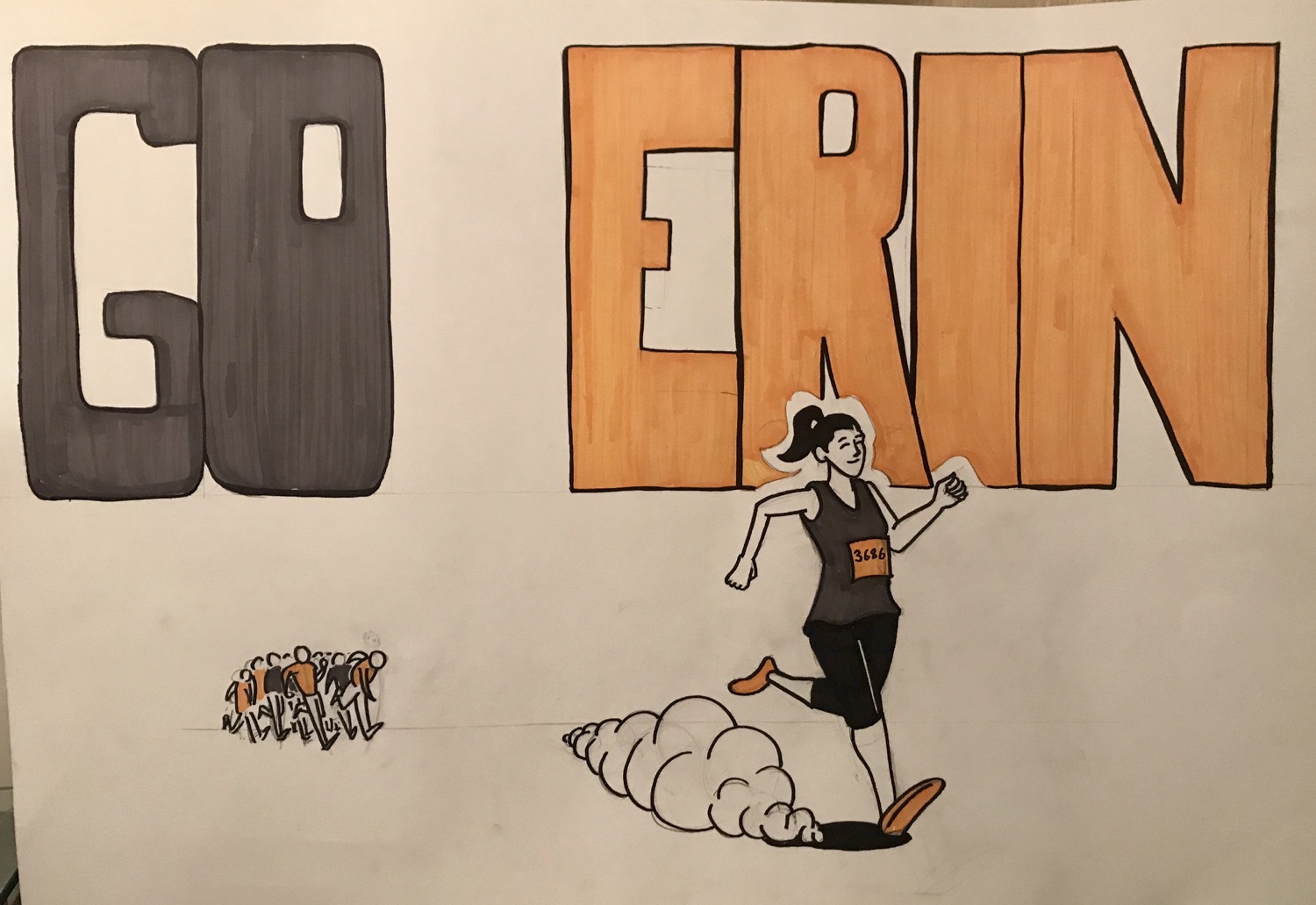Warning: As ever, spoilers about this 26 year old game abound.
Indiana Jones and the Fate of Atlantis is a 1992 action adventure game from Lucasarts, featuring everyone’s favourite adventuring academic. It adheres tightly to the Indy tropes: a mythical ancient power has the potential to give the Nazis the edge and a sceptical Indy and a credulous sidekick (Sophia) have to go on a quest to find it first (which inevitably involves a little bit of colonial grave-robbing—altogether now: where does it belong?).
It’s a surprisingly realistic portrayal of what an archeological expedition might look like. As with many real life digs, it involves a lot of foreign travel, punching, and the widespread destruction of ancient artefacts.
Continue Reading →






